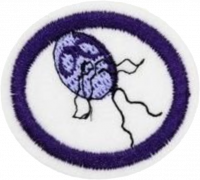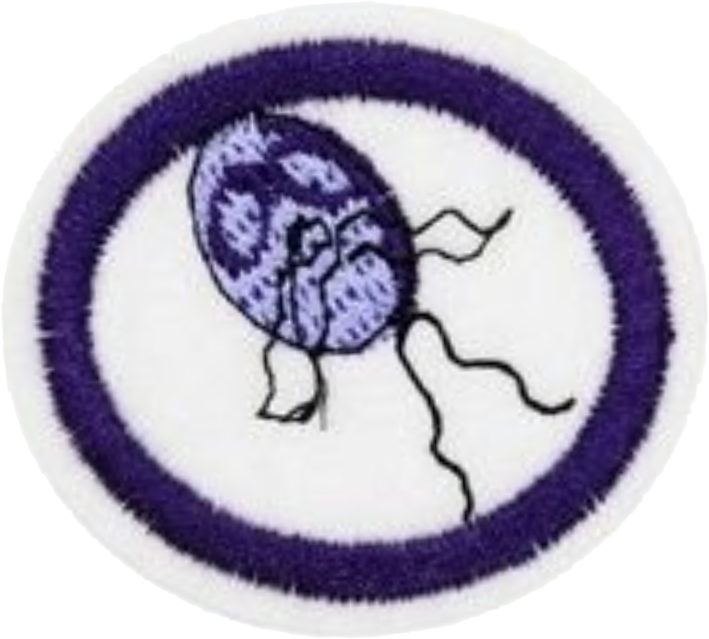Especialidades JA/Protozoarios/Respuestas
Nivel de destreza
3
Año
2012
Version
01.12.2025
Autoridad de aprobación
División Sudamericana
1
Like all protists, protozoa are single-celled organisms with a cell nucleus. Some have more than one nucleus. Protozoa are heterotrophs, which means they can not make their own food, but instead must ingest other organisms for energy. Most reproduce asexually through mitosis, which involves the splitting of their cell into two identical copies. Some reproduce through meiosis, which is sexual reproduction. Seven phyla -- subdivisions of a kingdom -- of protists are protozoa.
2
3
Flagellata (flagellated)
A flagellate is a cell or organism with one or more whip-like appendages called flagella. The word flagellate also describes a particular construction (or level of organization) characteristic of many prokaryotes and eukaryotes and their means of motion.
Ciliophora (ciliated)
Amoeba (phagocytic)
Sporozoans (spore-forming)
4
A pseudopod is a temporary cytoplasm-filled projection of a eukaryotic cell membrane or a unicellular protist. Pseudopods may be used for motility, or for ingesting nutrients or other particulate matter.
5
6
7
8
9
10



